Thermocouples are widely used as a method of measuring temperature and contain two different alloy wires joined together at the measuring (‘Hot’) end.
They are then connected to a meter or other thermocouple emf sensing device at the reference (‘Cold’) end. Thermocouples are versatile temperature sensors, robust and relatively inexpensive and can be used across a wide range of process temperatures. As a leading thermocouple wire supplier, Scott Precision produces wire for base metal thermocouple types N, K, E, J and T and for compensating types KCB and SCB/A.
contact us to discuss Thermocouple Wire
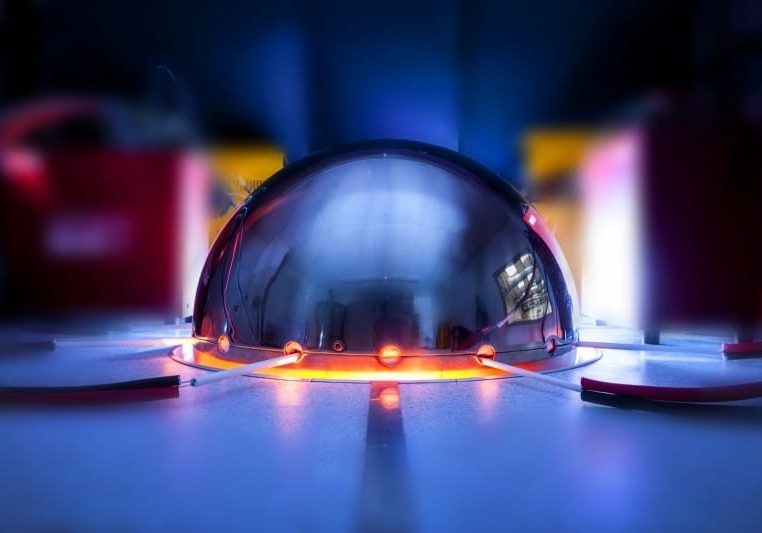
the thermocouple Seebek effect
In 1821, Thomas Seebeck observed that a current would flow in a circuit made up of two different metals if one of the junctions was heated. Peltier then went on to describe the electron movements observed at the junctions and Thomson the electron movement along a wire subject to a temperature gradient during the mid 19th Century, expanding the understanding of the effect. The voltage driving the current was found to be proportional to the temperature difference between the two junctions.
Placing a volt meter at the unheated junction allows the voltage (emf) of the circuit to be measured and hence the temperature of the heated junction can be inferred if the temperature of the cold junction is known.
thermocouple uses
As a thermocouple wire manufacturer, our wires can be used to measure temperature in many different applications from food preparation to smelting through to heavy chemical and power generation plants. The sensing probe can take a number of forms, from thermocouple bare wire to fully metal-sheathed versions, which can be inserted into the medium to be measured.
The thermocouple effect can even be harnessed to create a low power generator by connecting multiple junctions in series in a heated environment. The individual thermocouple types have particular characteristics which make them suitable for different applications with varying temperature ranges and accuracies available.
The increasing importance of lowering emissions in cars and industry is driving greater accuracy and longevity demands in automotive and process industries.
Type N thermocouples in particular can be used to provide reliable temperature readings over a wide temperature range to ensure efficiencies are maximised and noxious gases minimised.
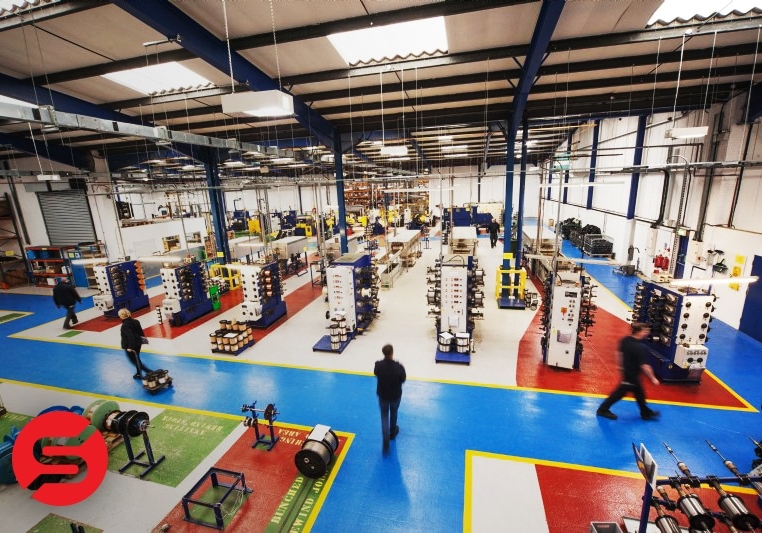
key information
Common standards all within Scott Precision Wire capabilities:
ASTM (American Society for Testing and Materials) E 230
ANSI (American National Standard Institute) MC 96.1
IEC (European Standard by the International Electrotechnical Commission 584)-1/2/3
DIN (Deutsche Industrie Normen) EN 60584 -1/2
BS (British Standards) 4937.1041, EN 60584 - 1/2
NF (Norme Française) EN 60584 -1/2 - NFC 42323 - NFC 42324
IS (Japanese Industrial Standards) C 1602 - C 1610
IS (Unification of the Russian Specifications) 3044
thermocouple standards, grades and temperature ranges
The most commonly used standards have two thermocouple grades as well as extension grades and compensating grades.
Thermocouple grades are ‘Special’ and ‘Standard’ (American) or Class 1 and Class 2 (ISO & BS EN). Special and Class 1 tolerances are approximately half the Standard or Class 2 tolerances.
thermocouple wire manufacturer types
| Code | + Positive Leg | - Negative Leg |
|---|---|---|
| N | Nicrosil | Nisil |
| K | Nicro | Nial |
| E | Nicro | Constantan E |
| J | Iron | Constantan J |
| T | Copper | Constantan T |
| KCB | Copper | Constantan KCB |
| SCB RCB | Copper | Cupronic 12 |
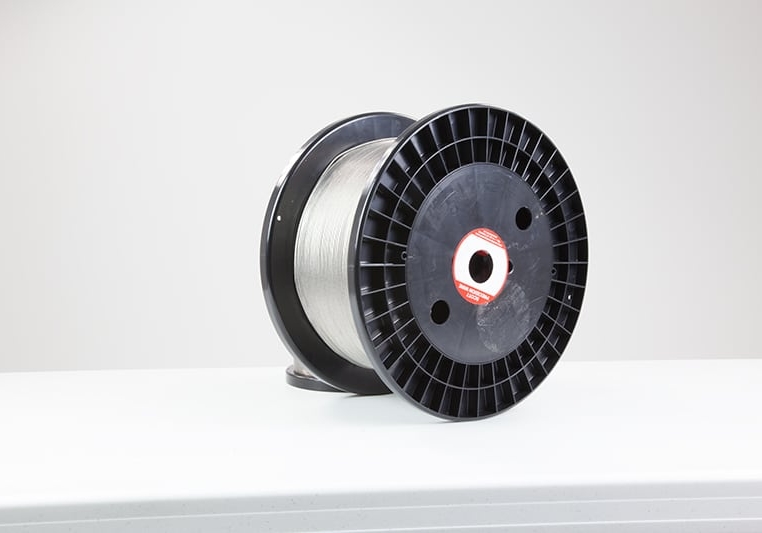
high-temperature wire
| Type | N | K | E | J | T |
|---|---|---|---|---|---|
| Wire Diameter | °C | °C | °C | °C | °C |
| 3.25mm | 1200 | 1200 | 870 | 760 | 370 |
| 1.50mm | 1100 | 1100 | 650 | 600 | 370 |
| 0.81mm | 1000 | 1000 | 550 | 500 | 250 |
| 0.50mm | 1000 | 900 | 450 | 400 | 200 |
| 0.32mm | 1000 | 900 | 400 | 400 | 200 |
| 0.25mm | 900 | 750 | 400 | 300 | 150 |
| 0.12mm | 600 | 600 | 300 | 300 | 150 |
standards, grades and temperature ranges
The maximum temperature a wire can be used up to will depend upon its diameter. Thinner wires will not withstand the full temperature range stated for the thermocouple type. Used in air typical maximum temperatures are:
The high-temperature wire table displays the maximum temperature by Wire Size.
protecting thermocouples
Protecting the thermocouple from corrosive atmospheres by enclosing them in metal and ceramic powder sheaths will improve their longevity.
Thermocouple wire circuits must contain only the thermocouple alloys all the way from the probe junction to the measuring device. As the temperature the wires experience drops to around 200°C it is possible to use Extension grade wires. These are made from the same alloy as the thermocouple but are calibrated to a limited temperature range. Dropping lower still in temperature ‘Compensating’ wires can be used instead.
These are combinations of different alloys which produce the same emf profile as the thermocouple alloys over the limited temperature range they are approved for. For instance a Type K thermocouple circuit could be made up as follows:
| Spec | Probe | Hot | Cold |
|---|---|---|---|
| Environment Temp | 1000°C - 200°C | 200°C - 100°C | 100°C - 20°C |
| Thermocouple Des | K | KX | KCB |
| Alloys | Nicro - Nial | Nicro - Nial | Copper - Constantan KCB |
| Alloy Designation | KP - KN | KPX - KNX | KPCB - KNCB |
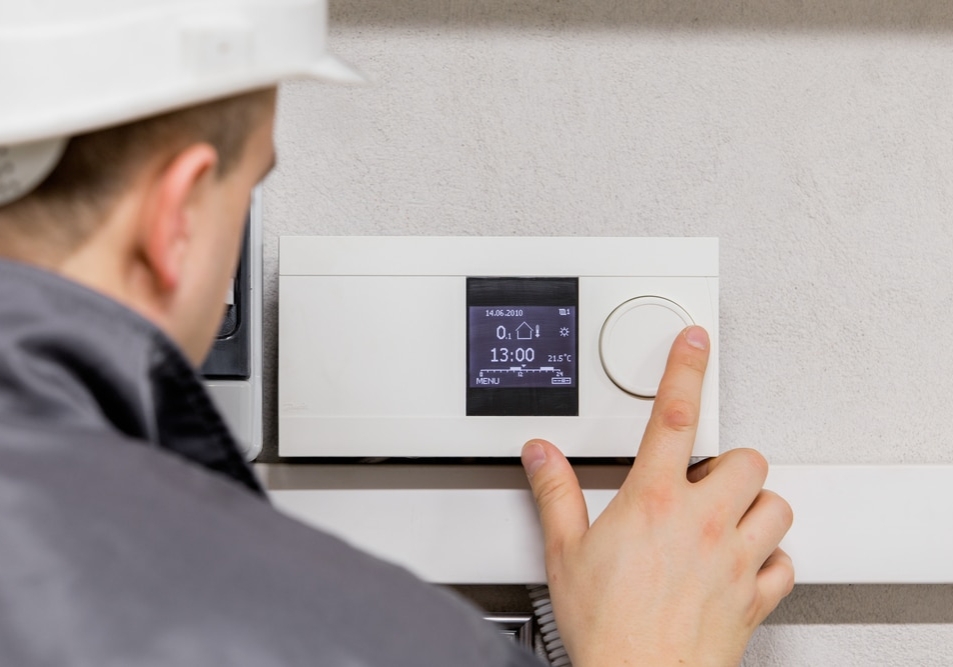
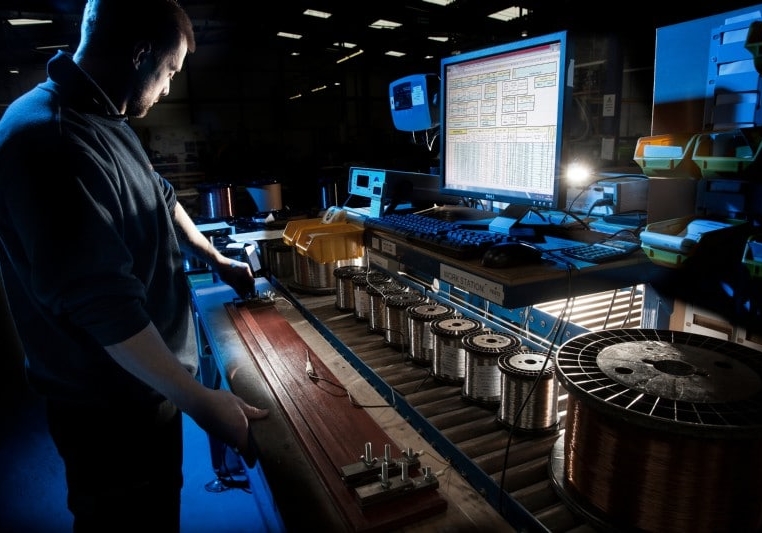
testing and calibration
As a leading thermocouple wire manufacturer, we have an in-house laboratory capable of testing the wires as single thermoelements or thermocouple pairs from -50°C to 1200°C and testing can be arranged externally for calibrations required outside this temperature range.
Full emf profiling is provided for all our thermocouple wires and this facility also allows us to manufacture offset emf thermocouple wires for special applications. Test results can be supplied as either mV readings or °C deviations from the nominal thermocouple values.
The mV readings can be given for either the single thermoelement, so that different batches of wire may be matched later, or for the thermocouple pair. We can even match a single thermoelement you may have in stock either from readings you have or from a sample we can test.
thermocouple wire production and length/sizes
We draw and process the wire on site here in Manchester UK. Rod is purchased from a number of high-quality sources and processed through our equipment to create the required format. Round wires can be supplied in solid form from 3.25mm to 0.07mm diameter and bunched or stranded wires from 5mm² to 0.05mm².
Bunched and stranded wires tend to be used as cable conductors as they are more flexible and resistant to work hardening than solid wires. Please see our Bunched section for further details. Rolled tape or slit strip can also be supplied in a range of sizes and packaging formats including coils and spools.
Thermocouple products can be supplied fully annealed, using our inert atmosphere annealers, or to a range of hardnesses and tensile strengths.

thermocouple wire FAQs
What thermocouple types are there?
Thermocouple types refer to the combination of dissimilar metals used within the device; several combinations of thermocouple wire are established and frequently used. These include types K, J, E, T, N, S, R, B.
- Type K – nickel and chromium/ nickel and aluminium
- Type J – iron/ constantan
- Type E – nickel and chromium/ constantan
- Type T – copper/ constantan
- Type N – nickel and chromium and silicon/ nickel and silicon
- Type S – platinum and 10% rhodium/ platinum
- Type R – platinum and 13% rhodium/ platinum
- Type B – platinum and 6% rhodium/ platinum and 30% rhodium
What are the most common thermocouple applications?
What is a thermocouple shield?
Does the length of thermocouple wire matter?
Thermocouple v RTD: what is the difference?
What is thermocouple burnout?
What are the advantages of thermocouples?
What are the disadvantages of thermocouples?
Thermocouple wire v extension grade wire: how do they differ?
Thermocouple probes v thermocouple wire: what is the difference?
How can a thermocouple wire type be identified?
To identify a wire's thermocouple type, you can follow these steps:
- Check for colour coding: Thermocouples are often colour-coded. For example, Type K often has green and white wires (in accordance with BS EN 60584-3), while Type J has black and white wires.
- Look for markings: Some thermocouples have type labels on the connector or cable insulation.
- Use a reference table: Consult reference tables for colour coding and characteristics of different thermocouple types.
- Measure the voltage: Use a multimeter to measure the voltage produced by the thermocouple when heated. Compare with voltage-temperature charts for each type.
- Contact a manufacturer: If you are unsure about which type of thermocouple you need, get in touch with us! As a leading thermocouple wire manufacturer, we have the skills and experience to support you.
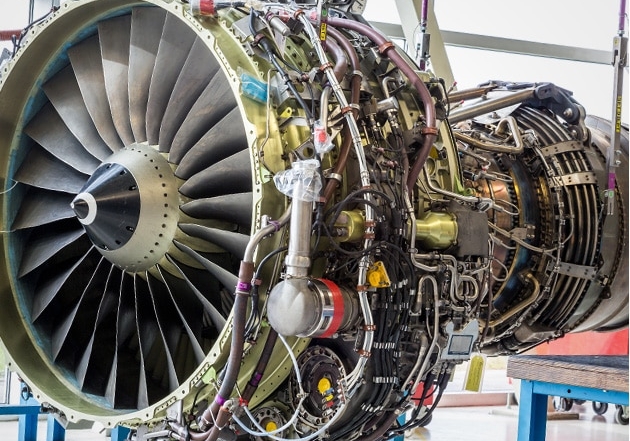
featured case study
A UK Aerospace customer who manufactures high specification thermocouple assemblies for use in jet engines had a problem in that their manufacturing process caused the thermocouple EMF to drift out of International Specification’s... read more